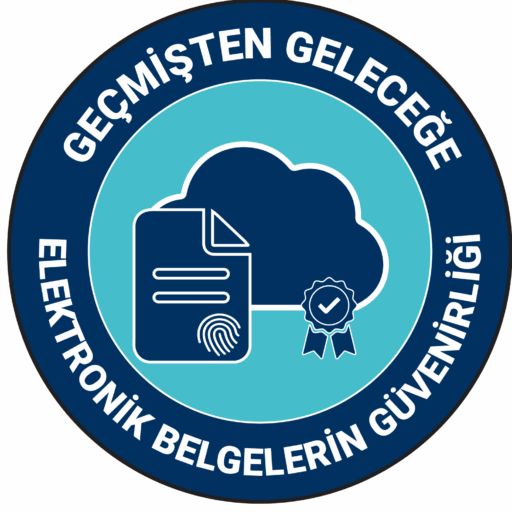Purpose
The purpose of the project is to analyze which criteria can be adopted to preserve the trustworthiness of archival e-records in various formats and types, such as audiovisual materials, emails, social media records, websites, and databases, created in public institutions and organizations, and to examine the roles of institutions that guide records and archive management in preserving the trustworthiness of these records.
Objectives
1. Examine the trustworthiness criteria of archival e-records generated in institutions
1.1. Trustworthiness criteria for audiovisual materials
1.2. Trustworthiness criteria for e-mails
1.3. Trustworthiness criteria for social media records
1.4. Trustworthiness criteria for websites
1.5. Trustworthiness criteria for databases
2. Examine the role of institutions that govern records and archive management in preserving the trustworthiness of archival e-records
Why?
Records generated in the ordinary course of business activities are considered representatives of the acts carried out, as they contain responsibilities, rights, and obligations. These characteristics also endow them evidentiary value. This value must be preserved from the production of the records to their destruction. In this way, records ensure continuity by serving as a source for the formation of societies.
What is Trustworthiness?
Disciplines such as law, diplomacy, and archiving, which work intensively with records, have developed various approaches to preserving the value of evidence. These approaches are conceptualised under the rubric of trustworthiness studies. Trustworthiness can be defined as a matter possessing the qualities expected of it. In essence, a trustworthy record is one that has preserved the qualities it should possess throughout the entire process, from its production to its destruction. Consequently, trustworthiness is closely related to records having type-specific characteristics that distinguish them from others, such as content, format, and context, and preserving these characteristics as they were when first created throughout all periods. These characteristics, which are described as attributes, must be preserved throughout the process from production to destruction.
How?
From the moment records are created and even after they are archived, the preservation of the attributes that form the basis of their evidentiary value is paramount. These attributes include authenticity, integrity, and usability. However, the nature of the electronic environment means that, unless the necessary precautions are taken, the trustworthiness of records may not be preserved. For instance, if the transition of compact discs to new formats is not undertaken, the records may be altered. In addition, it is recommended that write-once, read-many-times discs are utilised for data storage, and that devices are replaced prior to the expiry of their technological life. Otherwise, the rights, obligations, and responsibilities in the record cannot be revealed, and these records may not shed light on the future. In addition to such risks, which could be described as failure to adapt to technological innovations, problems such as the inability to determine the function to which the record belongs and the inability to establish the organic bond between the record and other related records are also issues that may prevent the rights, obligations, and responsibilities in the records from being revealed and may lead to a failure to preserve trustworthiness. In order to circumvent these issues, it is imperative to establish a framework of guidelines for the management of electronic records and to determine in advance the course of action to be taken in various scenarios. This is due to the fact that the conditions for archiving electronic records begin when the record is created, rather than when it is transferred to the archive.
It is imperative that the criteria required for the effective management of electronic records in public institutions and organisations are determined and implemented prior to the creation of the records. In the absence of measures being taken to ensure the security of electronic records, the transfer of such records to the National Archives will be compromised. These records contain evidential value as they include rights, responsibilities and obligations. Furthermore, they contain significant information about Türkiye’s past and shed light on its future. The continuity of the Turkish nation is therefore at risk. In order to prevent this negative situation, research will be conducted in institutions, and experts with scientific and academic publications on the subject will be consulted. Concurrently, meetings will be convened with experts employed in institutions responsible for the governance of records and archive management. Consequently, a set of criteria will be formulated to ascertain the trustworthiness of electronic records, which are set to become the future memory of the Turkish nation. The findings of the project may also be utilised as a resource for policy documents, such as the National Archives Strategy.



 Türkçe
Türkçe